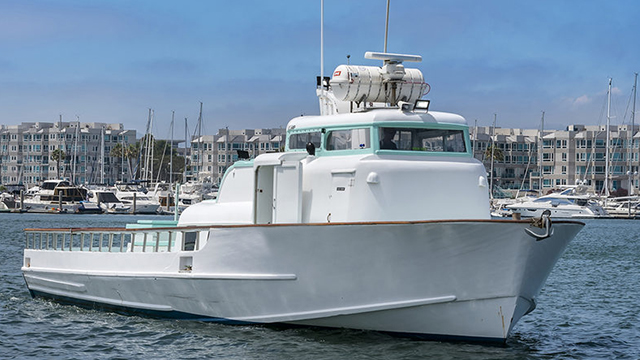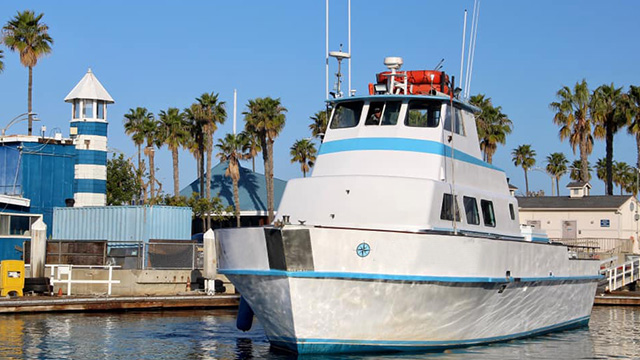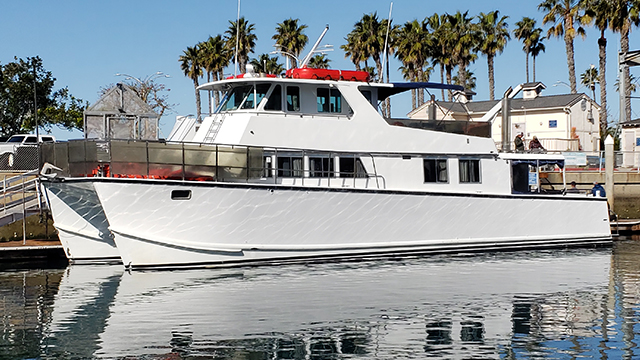Whale & Wildlife watching in Los Angeles
The Los Angeles Bay has some of the richest waters in the world. From the Gulf of Mexico all kinds of whales make their great migrations. Join a whale & wildlife watching tour and see some of the rich nature California has to offer.
Private whale watching boat rentals

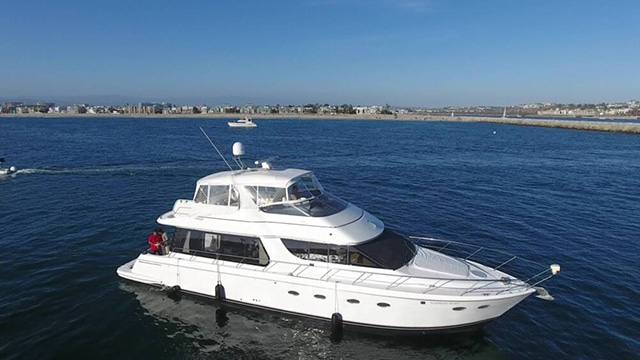
Ocean wildlife in Southern California
Explore the Great Pacific biodiversity
Southern California Ocean Mammals
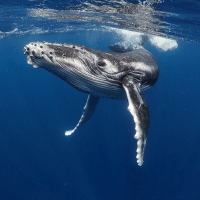
Blue Whale
Not only the largest animal on earth, but the largest animal known to man, can be found right here in Los Angeles. The blue whales that live in the North Pacific can be seen in LA when they migrate from northern summer feeding grounds in Gulf of Alaska and the Bering Sea to their winter calving grounds by Baja California and the Sea of Cortez. Although recently and uncharacteristically blue whales have been observed feeding on krill during the summer in the Santa Barbara Channel as well.
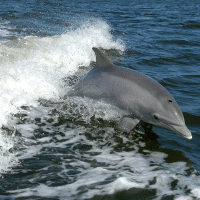
Bottlenose Dolphin
Thanks to the Ocean Conservation society we know that coastal bottlenose dolphins travel regularly and extensively between near shore locations from Ensenada to Monterey Bay. With movements occurring because of a mix of environmental variables, prey preferences, distributional characteristics, and the behavioral repertoires and distinctive foraging strategies of these animals. At Los Angeles Yacht charter we mainly love to play in the waves together.
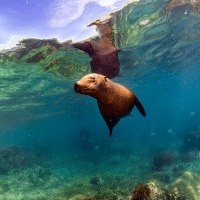
California Sea Lion
Chocolate brown in appears the California Sea lion are locals in all Los Angeles harbors and on any boey big enough. There four limbs make them exceptionally agile and they attempt to climb anywhere they can to catch a few rays of sunshine. What makes them different from other seals is that they belong to a group of pinnipeds called "eared seals." Meaning they have visible ear flaps; unlike other seals that only have a small hole where the ear opening is.
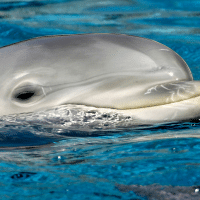
Common Dolphin
One of the most magical experiences you have off the coast of Los Angeles is when the local pod of common dolphins join the cruise. Traveling together in 50 or more the common dolphin loves to play in the wake and can keep up with the boat going up to 20mph. They are a playful breed and you can hear them chirping and whistling as they swish by.
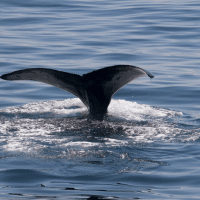
Fin Whale
The second largest whale after the blue whale, the fin whale, loves to make its way around Los Angeles. Coming for the great cuisine, on a daily they feed on 2-3 tons of local small schooling fish, squid, or crustaceans. Sometimes they are also called a finback whale, razorback, or common rorqual.
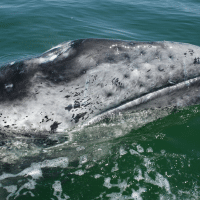
Grey Whale
Traveling more than 9,900 to 14,000 miles per year, the grey whale is believed to have the longest annual migration of any mammal. Los Angeleans are lucky to have two opportunities to see these beautiful creatures. When they are on their way to give birth or mate and on their journey back north. The grey whale is a baleen whale, which means they have a filtration system that when they turn on their side the sediment falls to the flour and the nutrients remain.
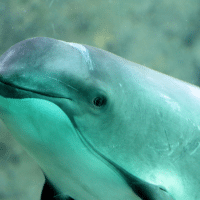
Harbor Porpoise
One of the smallest marine mammals the Harbor porpoise likes temperate to arctic waters. Visiting in the winter Southern Californians have to get lucky to see these very shy visitors. Which on a calm day can be detected by the loud puffing sound they make as they surface to breathe.

Harbor Seal
Brown, tan, or gray with a unique pattern of spots the harbor seal loves California. Feasting on basically any type of seafood from fish to even crab or squid. They are real locals and generally don’t venture further then 31 miles from their “home.”
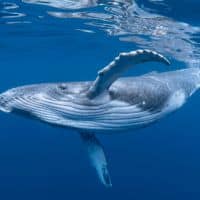
Humpback Whale
A California favorite, the humpback whale is beloved by all who encounter it. In the fall they pass by Los Angeles on their way south for warmer waters to breed and mate, making beautiful displays for viewers. With jumps, breaches, and feeding techniques enthralling sailors for generations.
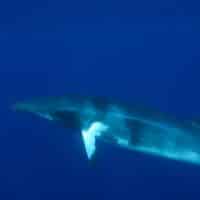
Minke Whale
A local favorite, the minke whale loves to say hello. Commonly found along the coast of Los Angeles minke whales can be up to 30 feet long. Believed to live up to 50 years, this whale is an international sensation.

Orca (Killer) Whale
One of the most recognizable whale species Orca’s are found around the world. Making more frequent visits to the Los Angeles area more frequently over the last few years. Traveling in pods of sometimes more than 30 members Killer whales are spectacular to see cruising along Southern California.
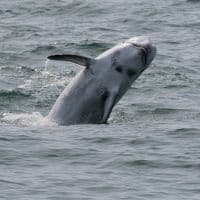
Risso’s Dolphin
Also referred to as a monk dolphin or Grampus dolphin the Risso dolphin is mainly grey with heavy scarring incurred from social interactions. They are mostly active at night when they are busy hunting their favorite food, Squid. They mostly hunt in pods of around 30, but there have been a few rare occurrences of superpods, which have over a thousand members.
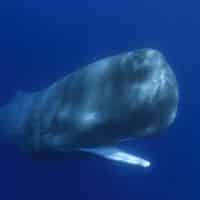
Sperm Whale
Made famous from Moby Dick, the sperm whale is one of the largest toothed whales. They are easily identifiable as their large, block-shaped head can be one-quarter to one-third of the entire length of the whale. Los Angeles wildlife visitors would be lucky to spot this famous species as they are the deepest diving mammal, a skill they need to catch their main food, giant squid.
Over 160 species of seabirds, shorebirds and waterfowl visit, feed, nest, and roost along the California coast
Southern California Ocean Bird Highlights
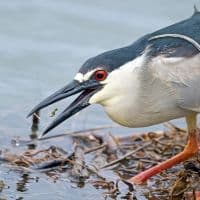
Black-crowned Night Heron
Hunting at night the Los Angeles Black-crowned night Heron attracts prey with a technique known as bill vibrating. It rapidly opens and closes its beak in the water to create a disturbance that attracts its prey. Their diet can include algae, fishes, leeches, earthworms, insects, crayfish, mussels, squid, amphibians, small rodents, plant material.

Black-vented Shearwater
This Southern California local is dark grayish brown above with a dusky face, neck, and undertail coverts, white underparts and underwings with smudgy dark markings in the wing pit. It is an exception to the general Shearwater species because instead of flying to the southern hemisphere for breeding it stops short in Mexico.
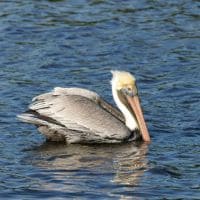
Brown Pelican
An exciting view is watching the brown pelican hunt on the Los Angeles waters. The brown pelican is the smallest of all pelicans and is the only one that plunges from the air into the water to catch its food. It’s pouch can hold around three gallons of water and fish.
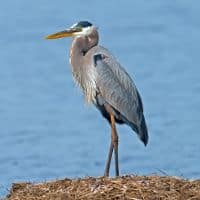
Great Blue Heron
The largest North American heron, the great blue heron, loves to do some Southern California fishing. With the capacity to adapt to almost any wetland habitat this California local is happy to eat a wide range of shrimp, crabs, aquatic insects, rodents, small mammals, amphibians, reptiles, and even other birds.
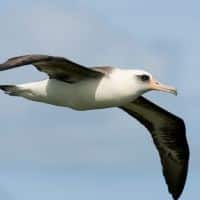
Laysan Albatross
The laysan albatross lives over the open ocean, off the California coast in search of squid, fish, fish eggs and crustaceans. Their wings are adapted to lock open into a wingspan of nearly seven feet, which allows them to fly up to 6,000 miles across the open ocean in search of food.
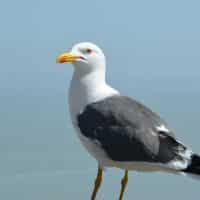
Western Gull (Seagull)
An iconic bird of the Southern California coast the Western Gull can be seen in all the best coastal areas. It has a white head and body, with gray wings, and a yellow bill with a red spot. This spot is near the end of the bill and helps chicks with eating. Alternatively, juveniles are mottled brown, with a dark bill and dark eyes, and pinkish-gray legs.
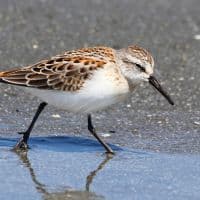
Western Sandpiper
Known as “peeps” the western sandpiper calls California home during their spring migration to the Arctic for nesting.
Southern California Sharks
Seeing a shark can be a special occurrence and depends on the season. While we have the California regulars we are also visited by southern species in the summer when the waters warm up. For example hammerheads have been spotted, likely following their food in the somewhat tolerable warmer waters.
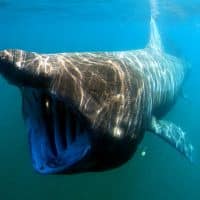
Basking Shark
The Basking Shark lives in the open ocean and is the second largest species of fish in the world. Passing 2,000 tons of water over the gills per hour, these bottom feeders feed primarily on zooplankton, such as copepods, barnacle larvae, krill, and fish eggs. This shark is called the "basking" shark because it is mostly seen while feeding at the surface and appears to be basking in the warm surface waters.
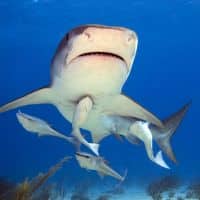
Blue Shark
One of the fastest swimming species of sharks, the blue shark is known to jump out of the water. They are found worldwide, but Southern California is a major nursery area.
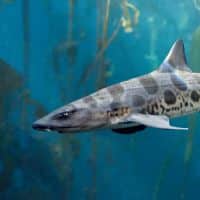
Leopard Shark
A common shark found in aquariums loves to swim in schools around the kelp beds of the California coast. Mainly found on the ocean floor this species is favorite for divers to spot.
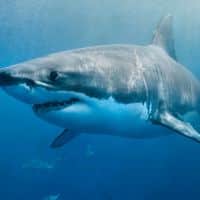
Great White Shark
As famous as the Hollywood stars of Los Angeles themselves the great white also calls Southern California home. While there is no official population count of the species, several of the islands off Baja and Southern California do appear to serve as a nursery for the famous species. Feeding on marine mammals, other sharks, large bony fishes, and seabirds the great white shark is capable of explosive bursts of speed and has been known to jump 10 feet out of the water to capture its prey.

The Common Thresher Shark
The Common Thresher Shark
Famous for its massive fin that takes up half of its body the thresher shark is a California regular. Using its take like whip to weaken its prey of bony fishes, such as anchovies, herring, hake, mackerel and sardines or squid.
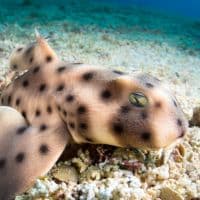
Horn Shark
Active at night and calling the bottom of the ocean home it's not likely to see this local shark species on a charter, but its unique eggs continue to surprise aquarium visitors with its unique spiral shape.
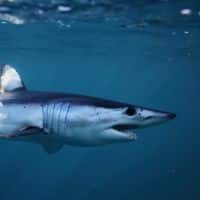
Mako Shark
Mako can be found anywhere from the surface of the water to more than 490 feet deep. With ocean cold being no problem for them as they can raise their internal body temperature to 20 degrees above the general water temperature.
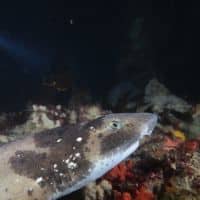
Swell Shark
As the name states, the Swell Shark is famous for being able to swallow water and protrude its stomach. As bottom feeders hiding among the kelp they are perfect to look for on dive trips.
Booking inquiry
You are almost there. Fill in the form below and submit. One of our representatives will then get in contact with you within 24 hours to confirm the booking or help you with your questions.




